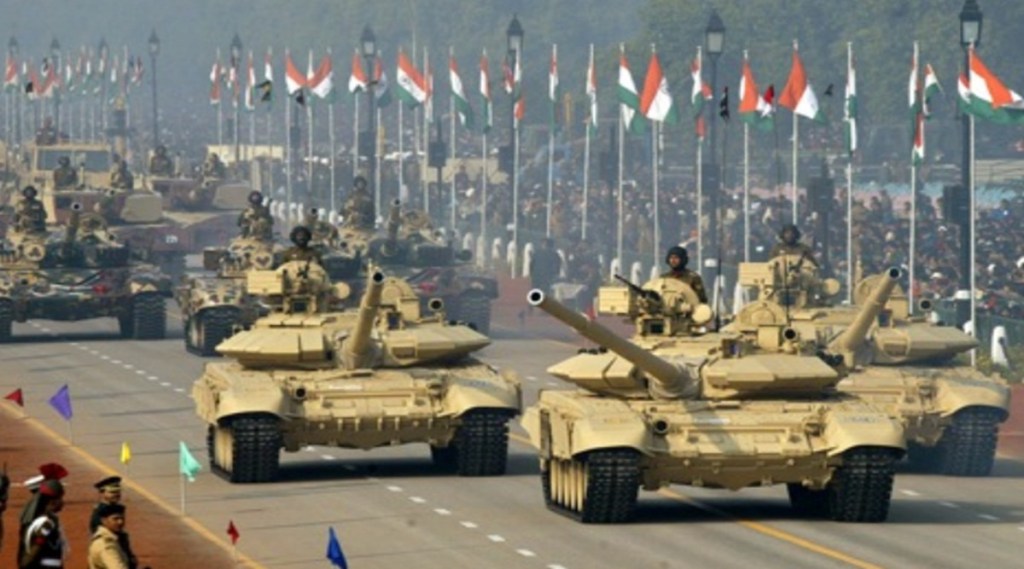Any countries within the European Union and NATO which still feature Soviet- or Russian-designed and produced equipment will be dumping this hardware as soon as possible.
“The process of shifting from this legacy equipment has been ongoing for years in the former Warsaw Pact and Soviet republics, such as Bulgaria, Czech Republic, Hungary, Poland, Romania, Slovakia, Estonia, Latvia and Lithuania, ” US based Daniel Darling, Senior Military Markets Analyst, Europe & Asia/Pacific Rim, Forecast International Inc, tells Financial Express Online.
According to Daniel Darling, “Now anything that has a Russian license and requires Russian upkeep and spare parts will be dumped with NATO-standard equipment procured as a replacement. Basically this decades-old process will now be expedited.”
The impact of the Russia-Ukraine war on the arms market
“Markets for Russian military equipment will shrink, though some of its recipient clients – Syria, Myanmar, Belarus, China, Central Africa Republic, Sudan, Venezuela, Cuba and perhaps Serbia and Pakistan and Vietnam – will remain open markets for Russian wares. Turkey is likely no longer an option for Moscow as a potential buyer, even after the S-400 air-defense missile system drama that cost Ankara participation in the F-35 program. India is a tougher question, as the US declined to impose CAATSA sanctions on New Delhi following acceptance of its own S-400 batteries,” the US based expert opines.
According to Mr Darling, the Russian war on Ukraine has raised several questions: “Do events in Ukraine open up greater opportunities for Turkey to deepen defense cooperation and make arms export inroads with countries in the Caucasus (Georgia, Azerbaijan), the Middle East, North Africa, and even Southeast Asia?
Will Russia, together with China, be able to hold the “Stans” (Kazakhstan, Uzbekistan, etc.) together and use the Shanghai Cooperation Organization as an economic and diplomatic vehicle for its own leverage?
How closely aligned are Russia and China currently? Was there a tacit agreement between Moscow and Beijing regarding Putin’s military offensive into Ukraine? Meaning is China granting Russia diplomatic cover as a quid pro quo for a future offensive into Taiwan?”
India & Russia Military Platforms
According to a working paper by Sameer Lalwani at the US based Stimson Center, almost 86 per cent of the weapons, platforms and equipment which is being used by the Indian Armed forces is of Russian origin.
As mentioned in the paper, while the Indian Navy has almost 41 percent of its platforms of Russian origin, around two thirds equipment of the Indian Air Force is from that country and the Army has almost 90 percent.

